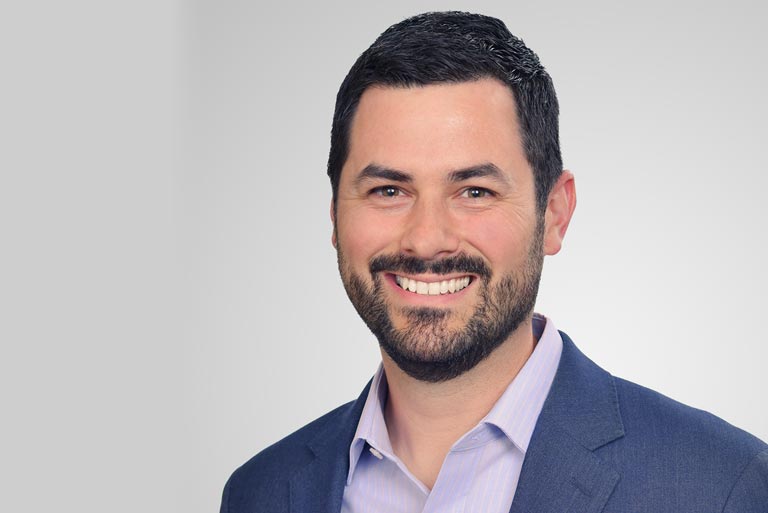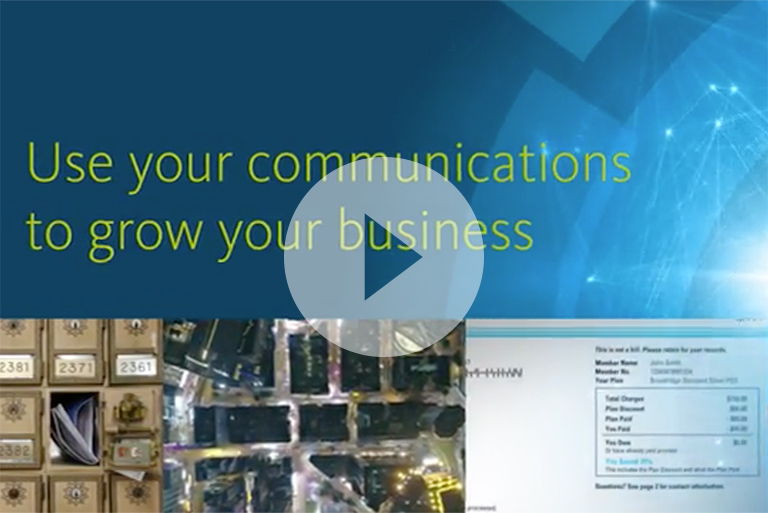Episode 26: “Digital Disrupted My Business”, Excerpts From the Broadridge-hosted Panel Discussion
Consumer expectations are shifting with the pace of technology, and businesses must maintain both their brand and their customer relationships in every aspect of their communications. As new, digital-native competition is vying for the tech-savvy consumer’s business, this is particularly challenging for businesses built on physical communications, such as bills, statements, newspapers, and greeting cards. Broadridge hosted a media roundtable with cross-industry panelists who all have one thing in common: digital disrupted their business and customer experience models. Find out how each of them turned this challenge into an opportunity.
Panelists:
- Maya Draisin Farrah, former Head of Marketing, Culture Division at Conde Nast and current SVP, Progress Marketing at Time
- Patrick McCullough, Vice President of Strategy, Hallmark Business Connections
- Thomas Klemm, Global Head of Digital and COO Americas, Deutsche Bank Wealth Management
- Rob Krugman, Chief Digital Officer, Broadridge (moderator)
Developing Omni-channel Strategies: “Omni-channel does not mean a single strategy. And I think the mistake that is always made is that when a new platform comes along, everyone basically ports whatever they were doing on the old platform, onto the new platform. We told stories this way in print, so we try and tell them that way online. It doesn’t exactly work that way, and it takes us a little bit of time to figure out the best format or model for that new platform. So I think that it’s about coming up with the different strategies.” - Maya Draisin Farrah, former Head of Marketing, Culture Division at Conde Nast and current SVP, Progress Marketing at Time
Connecting without Getting a Paper Cut: “In the greeting card space - and I'm sure no one in here is an expert into the greeting card space so I'll happily give you a quick primer on that category of the retail world - so I think roughly 20 years ago if you would've asked this question about digital disruption in greeting cards, everyone would have said: ‘E-cards. E-cards are the big thing, and then they're going to kill greeting cards, and yada yada yada,’ but that never came to pass for a number of reasons, with the core one being that the emotional connection of an e-card is not the same as a physical greeting card. It doesn't create it. And then a bit more subliminal, the exchange of a greeting card is really a critical part of why it's an important product – giving it to someone, as well as receiving it – and when you do that with an e-card, you lose a lot of that emotional connection, so it never really worked. The digital disruption that happened in the greeting card space has been disruption in consumer traffic and shopping patterns – access to the product.” - Patrick McCullough, Vice President of Strategy, Hallmark Business Connections
Flexing Your Communication Muscles: “Marketing has done a lot of development, and I think we are now at an interesting point where marketing and communication starts to merge a bit because of the ways you can use marketing tools to see whether the customer is coming again. You can flex the communication that you put there or the ad that you put there, which gives you another opportunity to see how the client is reacting. It's very easy to change the content and find out whether the content resonates or doesn't resonate. It’s incredibly powerful in the marketing communication story-journey to really reflect what the clients are looking for.” - Thomas Klemm, Global Head of Digital and COO Americas, Deutsche Bank Wealth Management
Developing a Communications Scorecard: “One of the things that I've been working a lot with our teams is to focus on outcomes versus the specific tangible thing that we're trying to do. What are we trying to achieve through a communications program? And work your way backwards from there, which often then leads to, what data do we need to collect to analyze the effectiveness? Because you can start to really put value around a communications program; a communications program is not simply distributing a bunch out there and hoping you get to someone. Communication programs can increase the value that you present to that customer, drive net promoter score benefit, reduce call center volume, get people to pay, and one of the things that we've been thinking about is creating almost a scorecard around that. Then you can go in and say, ‘How do you measure the effectiveness of communication?’ I think the marketing side has done that very well for a very long time, but when it comes to people who are already your customers, it can sometimes be difficult because, well, they're already my customer and we can see how much money they're spending, but there's a lot of other things to measure.” - Rob Krugman, Chief Digital Officer, Broadridge
Never miss an episode: Click the icon to subscribe to the Reimagining Communications podcast on the channel of your choice.












